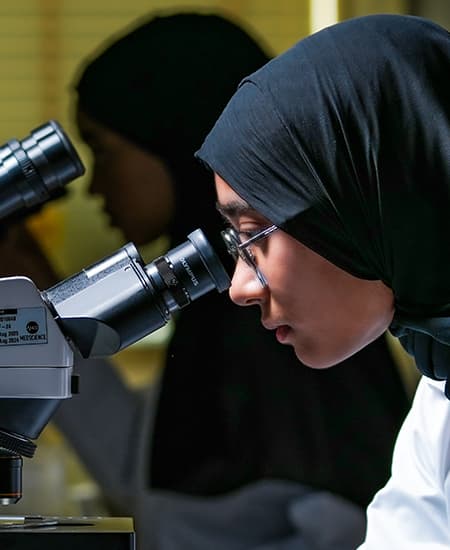The Role of Mangroves in Enhancing the Channel’s Water Quality and Fish Farm Effluent in Umm Al Quwain, United Arab Emirates
B.SC undergraduate Project
Coastal aquaculture is a growing sector in the United Arab Emirates, but its nutrient-rich effluent poses challenges for water quality, particularly in semi-enclosed or low circulation systems. This study explores the role of mangrove vegetation in maintaining water quality along a semi-enclosed channel impacted by fish farm effluent in Umm Al Quwain, United Arab Emirates. Five sampling sites were selected along the channel, ranging from the effluent discharge point to the outlet into the sea. Measurements focused on both physical (Temperature, pressure, TDS) and chemical indicators (Salinity, pH, DO, NH₃-N, NO₂-N, NO₃-N, and PO₄³⁻), with results showing that despite the presence of aquaculture discharge, most parameters remained within ecologically acceptable limits. In spite of the continuous input of effluent, results indicate that the presence of mangrove vegetation played a significant role in stabilizing water quality. These findings highlight the natural buffering capacity of mangroves and support their integration into aquaculture and coastal management strategies, especially in semi-enclosed systems. The study supports the integration of mangrove buffers into coastal management strategies and highlights the importance of preserving vegetated ecosystems in the context of sustainable aquaculture development in arid environments such as the UAE.

